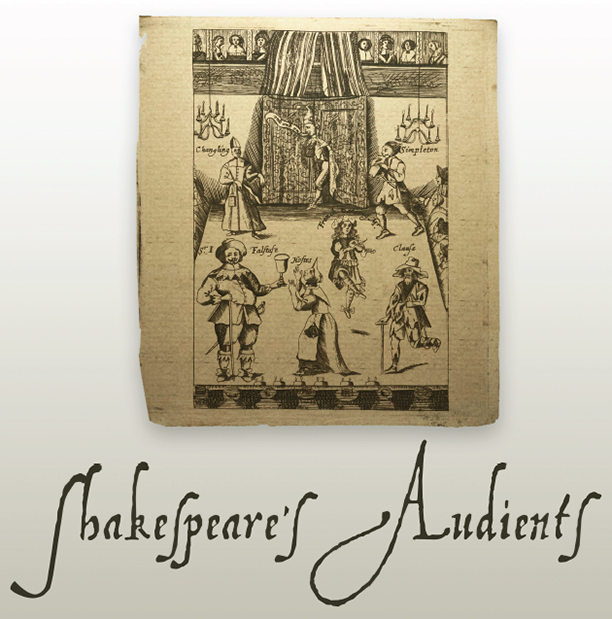
MONDAY NIGHT LECTURE SERIES | AUDIENCE(S)
MONDAY, APRIL 28 | 6 p.m. | DANIEL FAMILY COMMONS | USDAN UNIVERSITY CENTER
Natasha Korda, Wesleyan University
Until recently, it was a critical commonplace to say that Shakespeare’s “audients” went to hear rather than see a play. Rhetorical virtuosity was the draw, and performed on a relatively bare stage. Recent scholarship has begun to complicate this notion by excavating—quite literally, aided by recent archaeological finds on the sites of early theaters—previously neglected forms of early modern stage spectacle, from its fashionable costumes and eyecatching properties to its sophisticated use of stage-machinery and fireworks. In casting theater as a contest between the ear and eye, or the word and image, however, scholarly attention has largely been confined to the head, ignoring the bodies-in-motion of early modern actors and playgoers. Korda considers the ways in which meaning and emotion were conveyed on the Shakespearean stage from head to toe—or rather, from the ground up. Drawing on a variety of evidence, including poems, plays, rhetorical and aesthetic treatises, documents of theater history, and material artifacts, we will consider the “two-hour’s traffic” of the stage as propelled and perceived through the feet.

